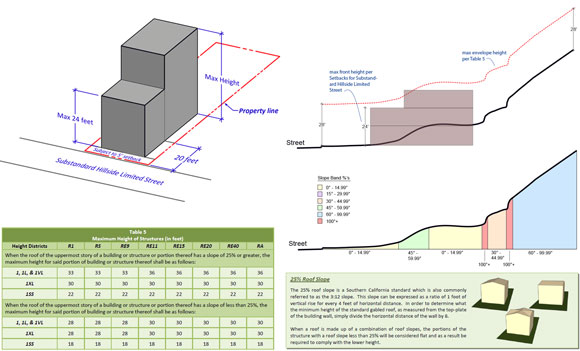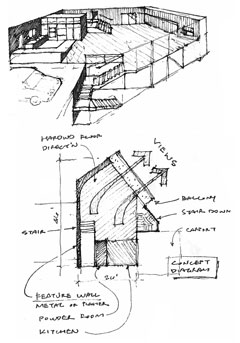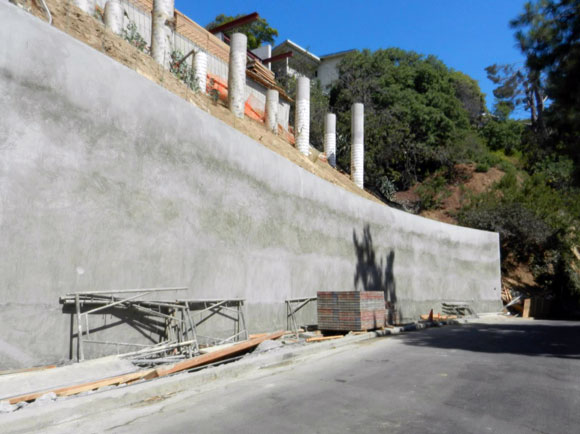AND EVEN MORE AGONY, ANGUISH AND DEALINGS WITH THE CITY, PART 3
Checks and balances (photo from lawyersites.net)
(Continuing on my rants from previous posts on agency agony, here and here.
I respect the city process where my designs are reviewed and approved for construction. In theory, this process can offer productive checks-and-balances. But since this is so rare these days, my idealism is often extinguished.
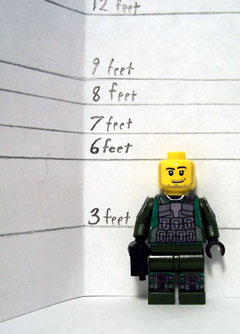
True story. The planning code for some new homes by Poon Design was unclear. We went to the top, asking the Planning Director for clarification on the required length of the driveways. The boss stated the driveways are to be 15 feet long. Seemed clear enough, right?
Since agencies are notorious for being noncommittal, forgetful and/or contradictory, we requested that the Director’s ruling be provided to us in writing. Receiving the black and white document, we proceeded (safely we thought) with this simple criterion of 15-foot long driveways.
With all the homes approved by the city’s numerous departments, construction commenced. The homes were completed beautifully, and later, furnished, styled, landscaped. Families moved in.
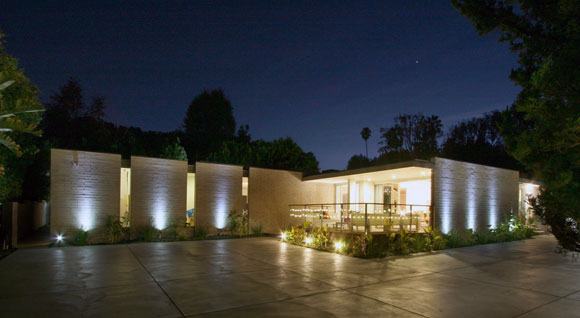
Then the inexplicable and implausible occurred. The Planning Director changed his mind.
He now wanted driveways to be 20 feet long, not the aforementioned 15 feet.

We said okay: We will revise the designs for the future homes to come. But here is where it becomes unfathomable.
This Director demanded the driveways of the recently completed homes be extended. As you can guess, such a change would be physically impossible, since one cannot simply push an entirely built home back five feet, nor can one extend the driveway into the street.
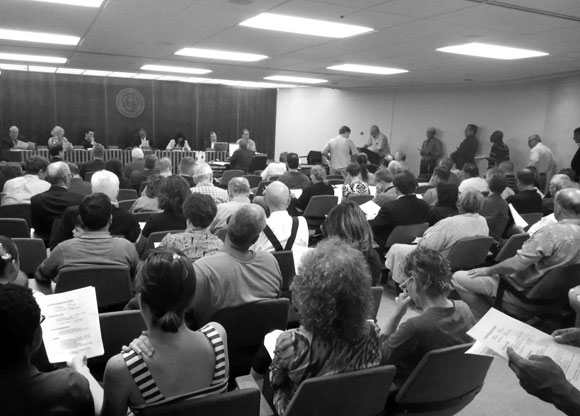
Our request for relief was brought to the Planning Department and the City Council. Though the decision makers went on public record, broadcasted on television, and admitted the change for the driveway length was puzzling, and though the Council said it was ludicrous, they supported and upheld the Director’s change. The financial damage of this whimsical, unprofessional and even unethical decision would cost millions of dollars, in addition to making families homeless.
After many months, after several dozen meetings, after hundreds of phone calls and emails, and after the threat of a lawsuit against the city for negligence, the city officials allowed the completed homes to remain as they were.

EPILOGUE: For nearly every architectural project of my colleagues and mine, these bewildering challenges have seized us, in one form or another. There is no escape.





